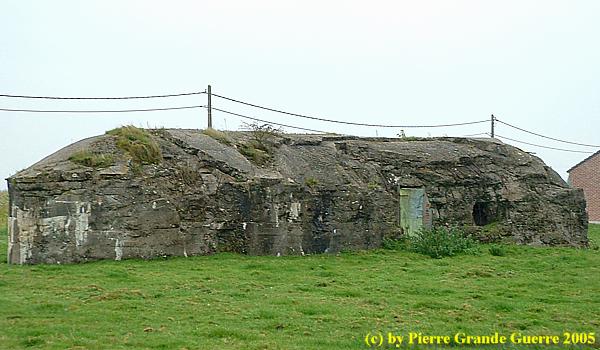YPRES SALIENT - Boezinge - Essex Farm - Ziegler Bunker
Years of visit: 2005, 2006
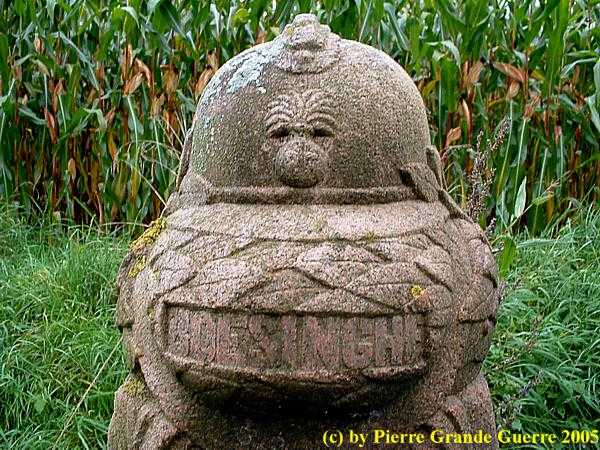
Cruising in the sector east of Boezinge. We start at the left bank of the canal, right side of the N369, along the British lines of the battlefields around Passendale.
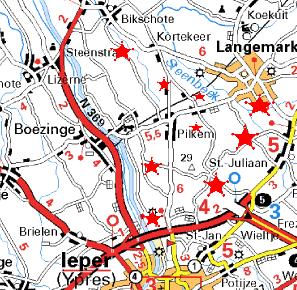
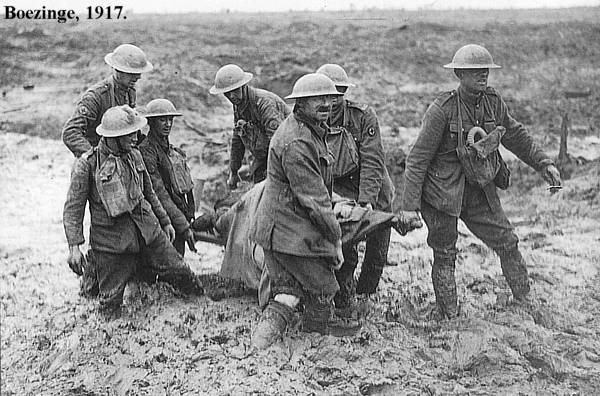
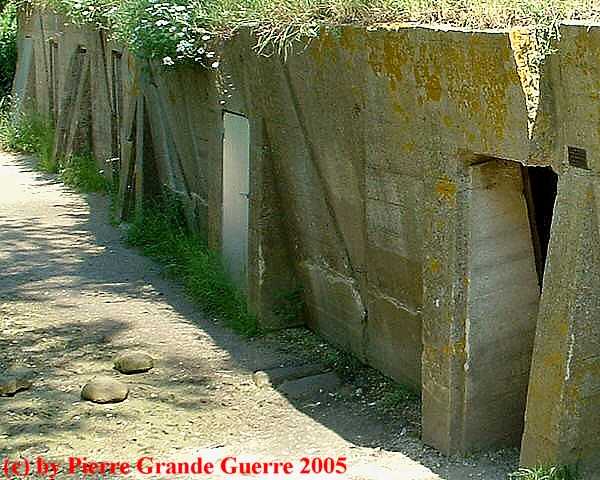
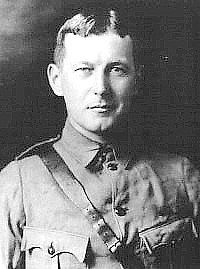
| " In Flanders Fields" |
In Flanders Fields the poppies blow
Between the crosses, row on row,
That mark our place; and in the sky
The larks, still bravely singing, fly
Scarce heard amid the guns below.
We are the Dead. Short days ago
We lived, felt dawn, saw sunset glow,
Loved, and were loved, and now we lie
In Flanders fields.
To you from failing hands we throw
The torch, be yours to hold it high.
If ye break faith with us who die
We shall not sleep, though poppies grow
In Flanders fields.

The interior of Lt. Col. McRae's First Aid operating room.

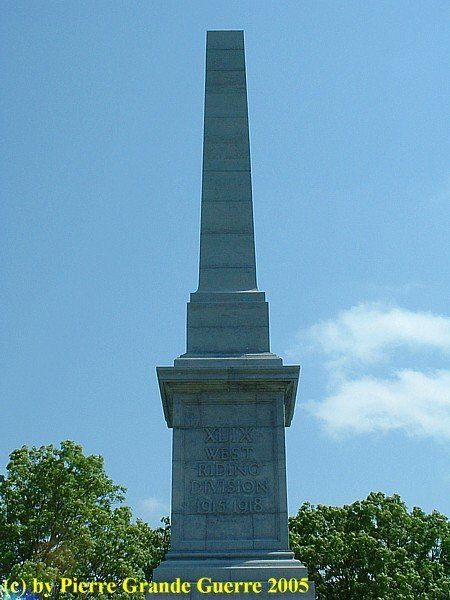
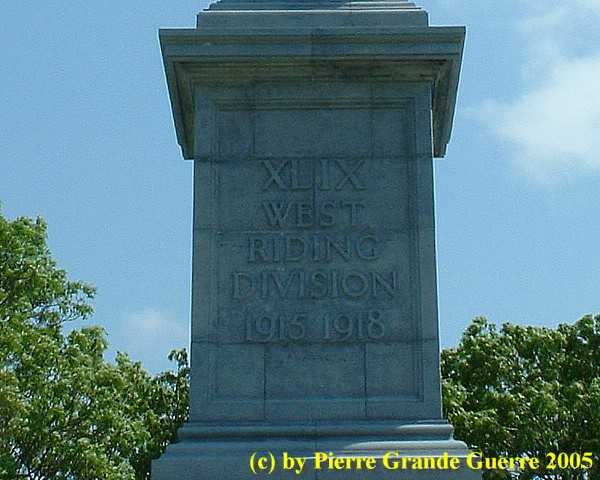

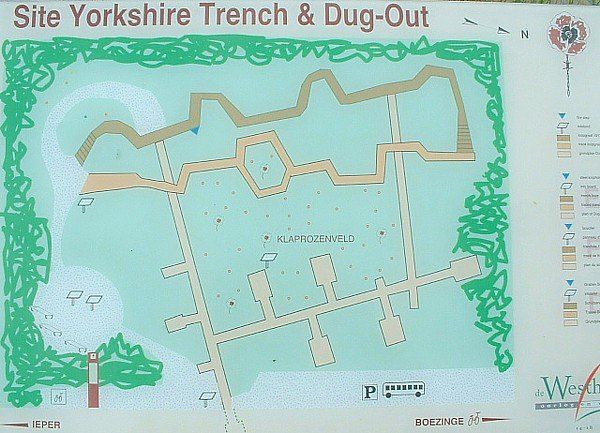

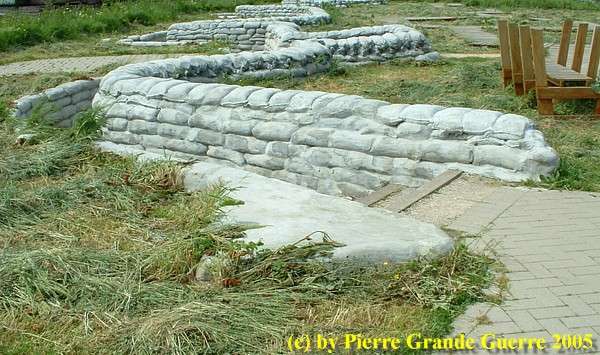

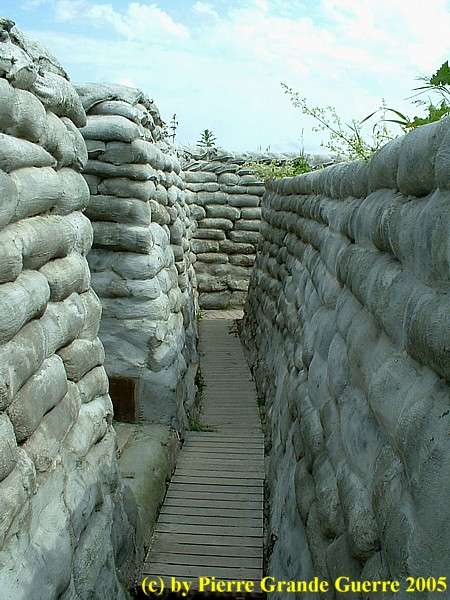
The entrance to the dug-out, which is again flooded with water.
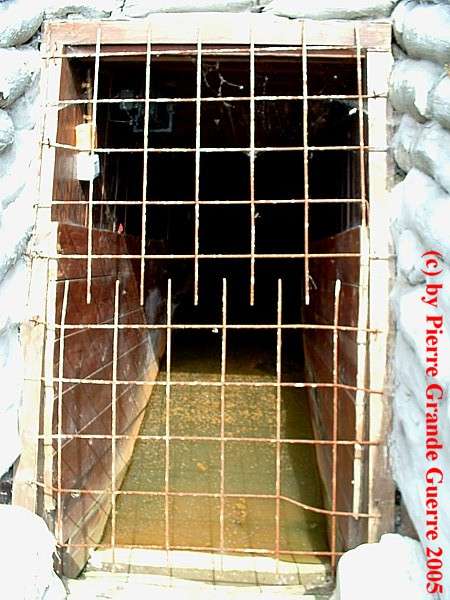
A sketch of a subterranean multipurpose dug-out.
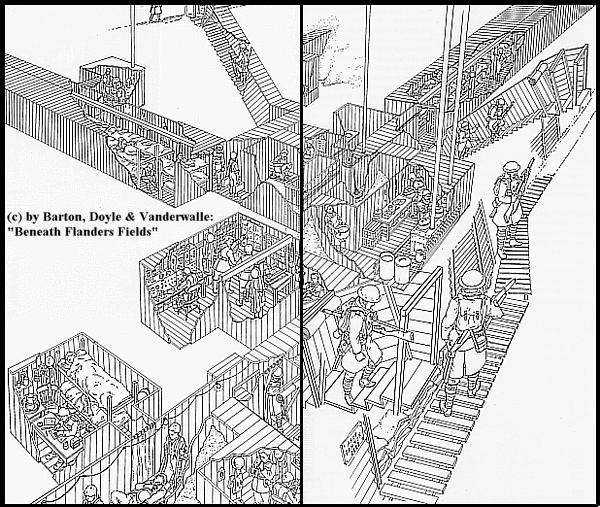
Impressions of the interior of the dug-out.
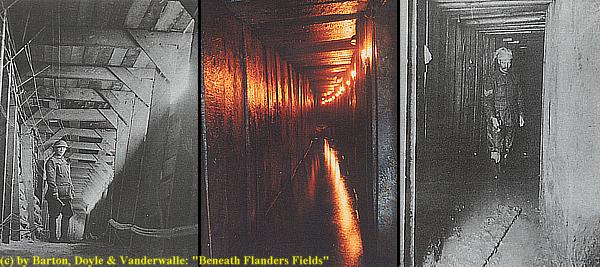
A firestep and a sniper shield in the direction of the German lines.
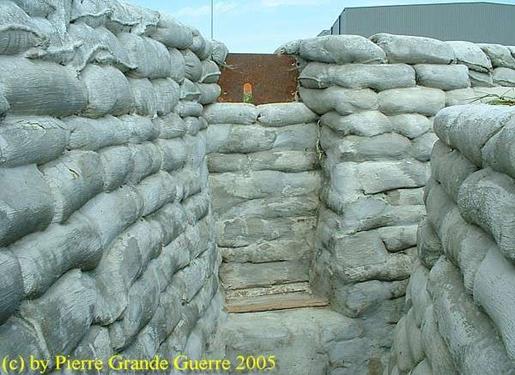
View through a loophole.

My always patient and loyal driver, my late wife Chris (+ 08-05-2018), walks through the Yorkshire Trench.
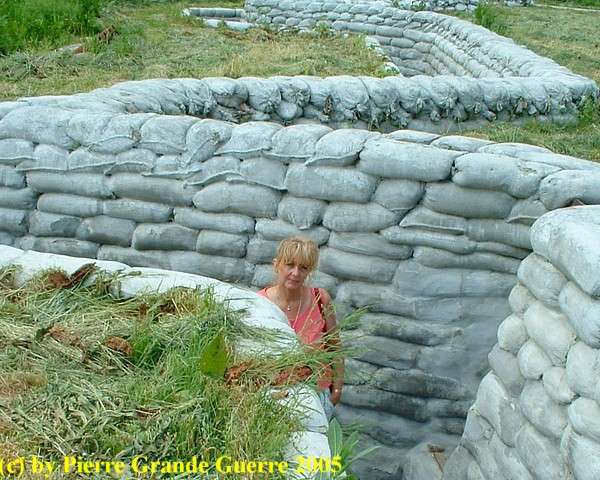
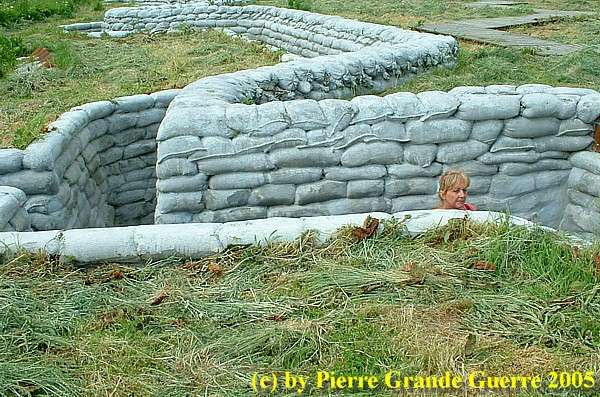
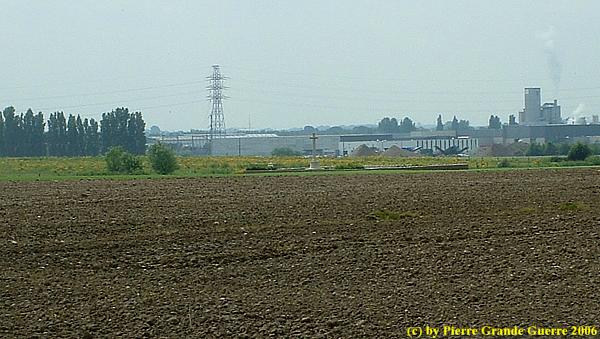
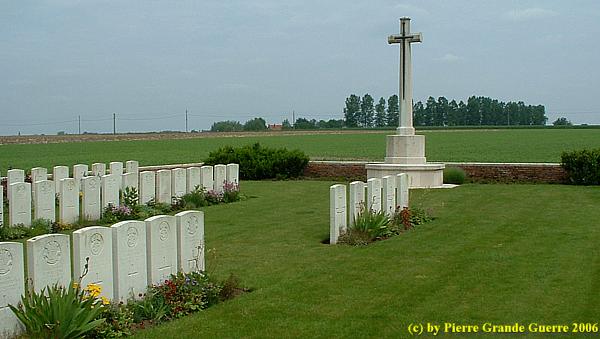
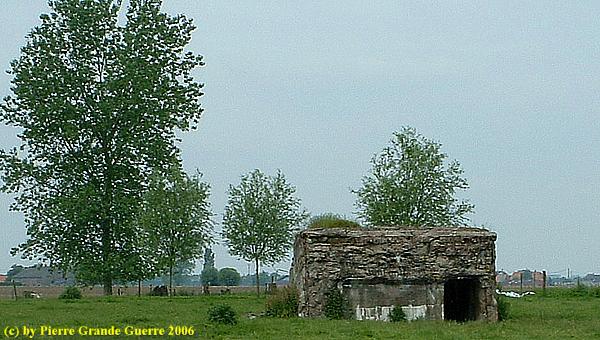
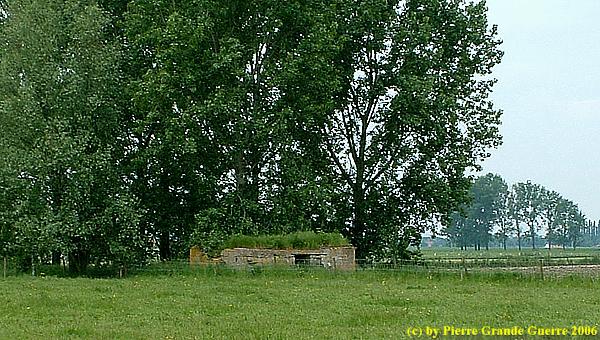
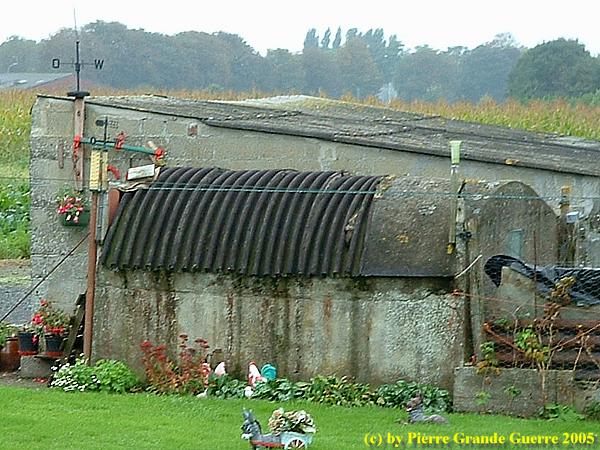
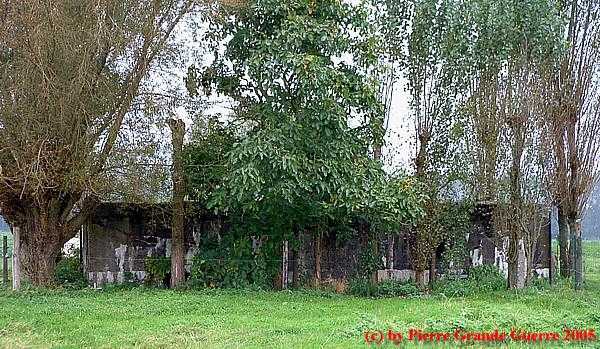



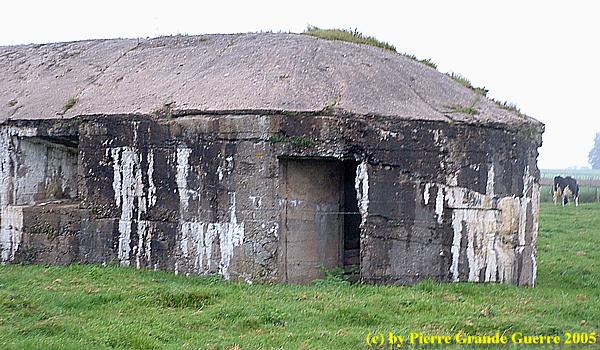
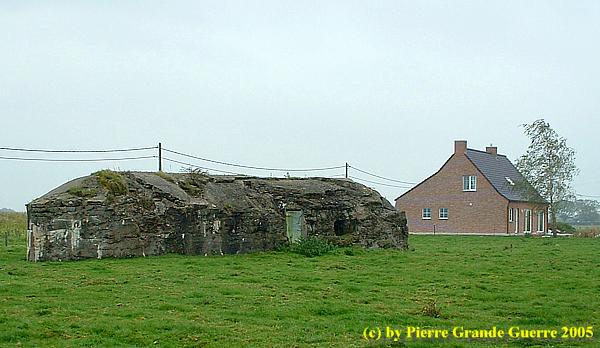
The German frontside with loopholes facing to the west. On July 31, 1917, the attack went on from this spot in the direction of Langemark.
